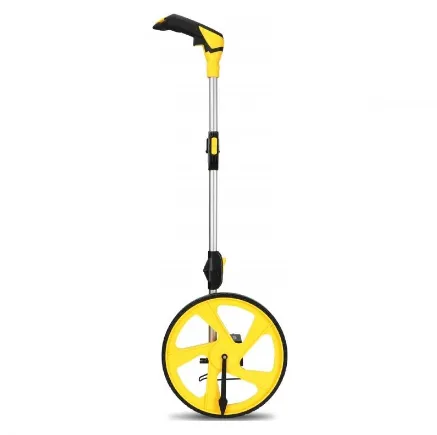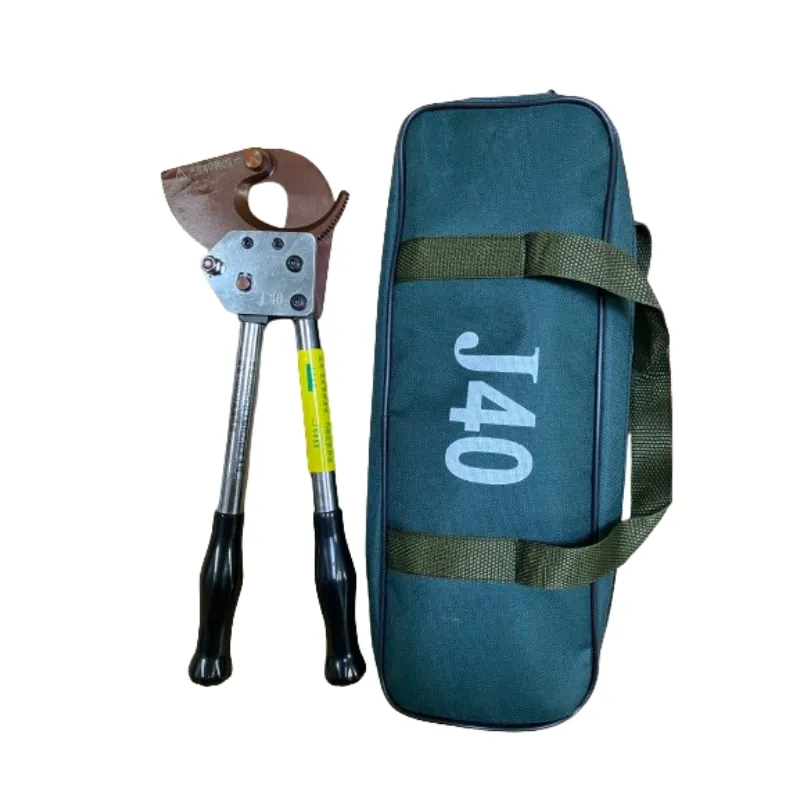
-
 Afrikaans
Afrikaans -
 Albanian
Albanian -
 Amharic
Amharic -
 Arabic
Arabic -
 Armenian
Armenian -
 Azerbaijani
Azerbaijani -
 Basque
Basque -
 Belarusian
Belarusian -
 Bengali
Bengali -
 Bosnian
Bosnian -
 Bulgarian
Bulgarian -
 Catalan
Catalan -
 Cebuano
Cebuano -
 Corsican
Corsican -
 Croatian
Croatian -
 Czech
Czech -
 Danish
Danish -
 Dutch
Dutch -
 English
English -
 Esperanto
Esperanto -
 Estonian
Estonian -
 Finnish
Finnish -
 French
French -
 Frisian
Frisian -
 Galician
Galician -
 Georgian
Georgian -
 German
German -
 Greek
Greek -
 Gujarati
Gujarati -
 Haitian Creole
Haitian Creole -
 hausa
hausa -
 hawaiian
hawaiian -
 Hebrew
Hebrew -
 Hindi
Hindi -
 Miao
Miao -
 Hungarian
Hungarian -
 Icelandic
Icelandic -
 igbo
igbo -
 Indonesian
Indonesian -
 irish
irish -
 Italian
Italian -
 Japanese
Japanese -
 Javanese
Javanese -
 Kannada
Kannada -
 kazakh
kazakh -
 Khmer
Khmer -
 Rwandese
Rwandese -
 Korean
Korean -
 Kurdish
Kurdish -
 Kyrgyz
Kyrgyz -
 Lao
Lao -
 Latin
Latin -
 Latvian
Latvian -
 Lithuanian
Lithuanian -
 Luxembourgish
Luxembourgish -
 Macedonian
Macedonian -
 Malgashi
Malgashi -
 Malay
Malay -
 Malayalam
Malayalam -
 Maltese
Maltese -
 Maori
Maori -
 Marathi
Marathi -
 Mongolian
Mongolian -
 Myanmar
Myanmar -
 Nepali
Nepali -
 Norwegian
Norwegian -
 Norwegian
Norwegian -
 Occitan
Occitan -
 Pashto
Pashto -
 Persian
Persian -
 Polish
Polish -
 Portuguese
Portuguese -
 Punjabi
Punjabi -
 Romanian
Romanian -
 Russian
Russian -
 Samoan
Samoan -
 Scottish Gaelic
Scottish Gaelic -
 Serbian
Serbian -
 Sesotho
Sesotho -
 Shona
Shona -
 Sindhi
Sindhi -
 Sinhala
Sinhala -
 Slovak
Slovak -
 Slovenian
Slovenian -
 Somali
Somali -
 Spanish
Spanish -
 Sundanese
Sundanese -
 Swahili
Swahili -
 Swedish
Swedish -
 Tagalog
Tagalog -
 Tajik
Tajik -
 Tamil
Tamil -
 Tatar
Tatar -
 Telugu
Telugu -
 Thai
Thai -
 Turkish
Turkish -
 Turkmen
Turkmen -
 Ukrainian
Ukrainian -
 Urdu
Urdu -
 Uighur
Uighur -
 Uzbek
Uzbek -
 Vietnamese
Vietnamese -
 Welsh
Welsh -
 Bantu
Bantu -
 Yiddish
Yiddish -
 Yoruba
Yoruba -
 Zulu
Zulu


TEL:
0086-311-88862036
maalis . 03, 2025 12:48 Back to list
driving ground rods
Driving ground rods is a critical procedure that forms the backbone of any electrical grounding system. Getting it right means ensuring a safe and efficient electrical setup, which is essential not only for residential projects but also for industrial and commercial installations. As an industry expert, we explore the nuances of driving ground rods effectively, focusing on tools, techniques, and safety concerns. This article delves into the various factors that ensure an optimal setup, drawing from extensive research and experience.
Safety, often underestimated, is of utmost importance. Always use personal protective equipment (PPE) when handling the tools involved in driving ground rods. Caution should be taken to avoid overexertion—especially if manual methods are employed. Before breaking ground, conducting a site survey to identify and mark existing utilities is crucial to prevent accidents. National and local regulations should be referenced to stay compliant with legal safety requirements, ensuring full adherence. Grounding systems' performance is paramount, hence after installation, testing and inspection procedures come into play. An earth ground resistance test should be conducted to verify the grounding system's effectiveness. This involves using specialized meters to measure resistance against established benchmarks. Depending on the outcome, adjustments and corrective actions might be necessary to guarantee performance meets safety standards. In conclusion, properly driving ground rods is foundational in securing a stable electrical system. Each element, from choosing the rod to testing the completed setup, plays a crucial role in the process. With advancements in technology and tools, the task has become more accessible yet maintaining due diligence and upholding best practices remains essential. Expertise in execution ensures the longevity and safety of electrical installations, thereby affirming trustworthiness and credibility in every project. Ensuring that we stay updated with the latest industry developments, comply with regulations, and refine our techniques presents us as authoritative figures in electrical installations. This expertise translates into tangible benefits like minimizing electrical hazards, optimizing performance, and fortifying system reliability across diverse applications. Leveraging this knowledge fortifies our commitments to quality and safety, thus empowering us to deliver optimal electrical solutions.


Safety, often underestimated, is of utmost importance. Always use personal protective equipment (PPE) when handling the tools involved in driving ground rods. Caution should be taken to avoid overexertion—especially if manual methods are employed. Before breaking ground, conducting a site survey to identify and mark existing utilities is crucial to prevent accidents. National and local regulations should be referenced to stay compliant with legal safety requirements, ensuring full adherence. Grounding systems' performance is paramount, hence after installation, testing and inspection procedures come into play. An earth ground resistance test should be conducted to verify the grounding system's effectiveness. This involves using specialized meters to measure resistance against established benchmarks. Depending on the outcome, adjustments and corrective actions might be necessary to guarantee performance meets safety standards. In conclusion, properly driving ground rods is foundational in securing a stable electrical system. Each element, from choosing the rod to testing the completed setup, plays a crucial role in the process. With advancements in technology and tools, the task has become more accessible yet maintaining due diligence and upholding best practices remains essential. Expertise in execution ensures the longevity and safety of electrical installations, thereby affirming trustworthiness and credibility in every project. Ensuring that we stay updated with the latest industry developments, comply with regulations, and refine our techniques presents us as authoritative figures in electrical installations. This expertise translates into tangible benefits like minimizing electrical hazards, optimizing performance, and fortifying system reliability across diverse applications. Leveraging this knowledge fortifies our commitments to quality and safety, thus empowering us to deliver optimal electrical solutions.
Next:
Latest news
What Are Construction Tools and How Are They Used?
NewsJul.11,2025
Professional-Grade Duct Rodding Tools for Superior Cable Installation
NewsJul.11,2025
Enhancing Safety and Efficiency with Modern Hot Stick Solutions
NewsJul.11,2025
Empowering Cable Installation with Advanced Rodder Solutions
NewsJul.11,2025
Elevate Your Cable Installation Projects with Cable Pulling Tools
NewsJul.11,2025
Efficient Cable Handling Solutions: Cable Rollers for Sale
NewsJul.11,2025
Copyright © 2025 Shijiazhuang Bilo Import and Export Trading Co., Ltd. All Rights Reserved. Sitemap | Privacy Policy

BlLo lmport & Éxport is specialized in power and cable equipment andconsiruction tools,Qur main producis are FRP
duct rodder, cable rollerscable pulling winch, cable drum jack, cable pulling sock, etc.
Copyright © 2025 Shijiazhuang Bilo Import and Export Trading Co., Ltd. All Rights Reserved. Sitemap | Privacy Policy










